Picture this: you think you know dinosaurs. There’s T. Rex with his massive teeth, the horned Triceratops, maybe the long-necked Brontosaurus. But what if I told you that some of the most fascinating prehistoric creatures were actually the weirdest ones? These weren’t your typical Hollywood monsters – they were evolutionary misfits that make modern animals look boring by comparison.
The dinosaur kingdom was filled with creatures so bizarre they’d make a platypus seem ordinary. From vampire dinosaurs to musical giants, these ancient animals pushed the boundaries of what we thought was possible in the natural world. Get ready to meet some of the most unusual, bizarre, and downright weird dinosaurs that ever walked the Earth.
Therizinosaurus: The Giant Scythe-Handed Vegetarian
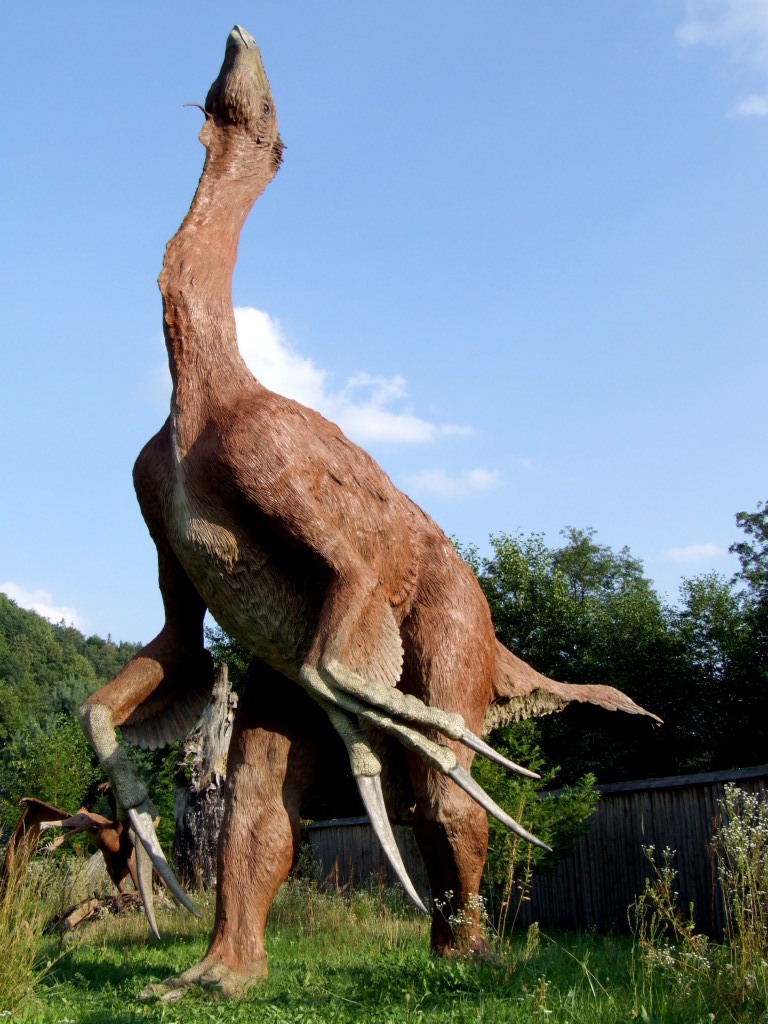
The most distinct feature of Therizinosaurus was the set of three enormous claws attached to each of its forelimbs. These claws, measuring up to 3.3 feet (1 meter) in length, are among the longest claws known from any dinosaur. Imagine a dinosaur that looked like it was designed by someone with a twisted sense of humor – massive sword-like claws that could slice through almost anything, but used them to pull down tree branches for lunch.
Imagine a dinosaur with a long neck, a rounded belly, beak and covered in feathers – definitely one of the weirdest-looking prehistoric creatures! This gentle giant belonged to the same group as T. Rex, yet chose salad over steak. Evidence from related species, such as Beipiaosaurus, suggests that Therizinosaurus was likely covered in primitive feathers. Picture a 30-foot-long, feathered beast with claws longer than baseball bats, peacefully munching on ferns – nature’s ultimate contradiction.
Nigersaurus: The Mesozoic Vacuum Cleaner
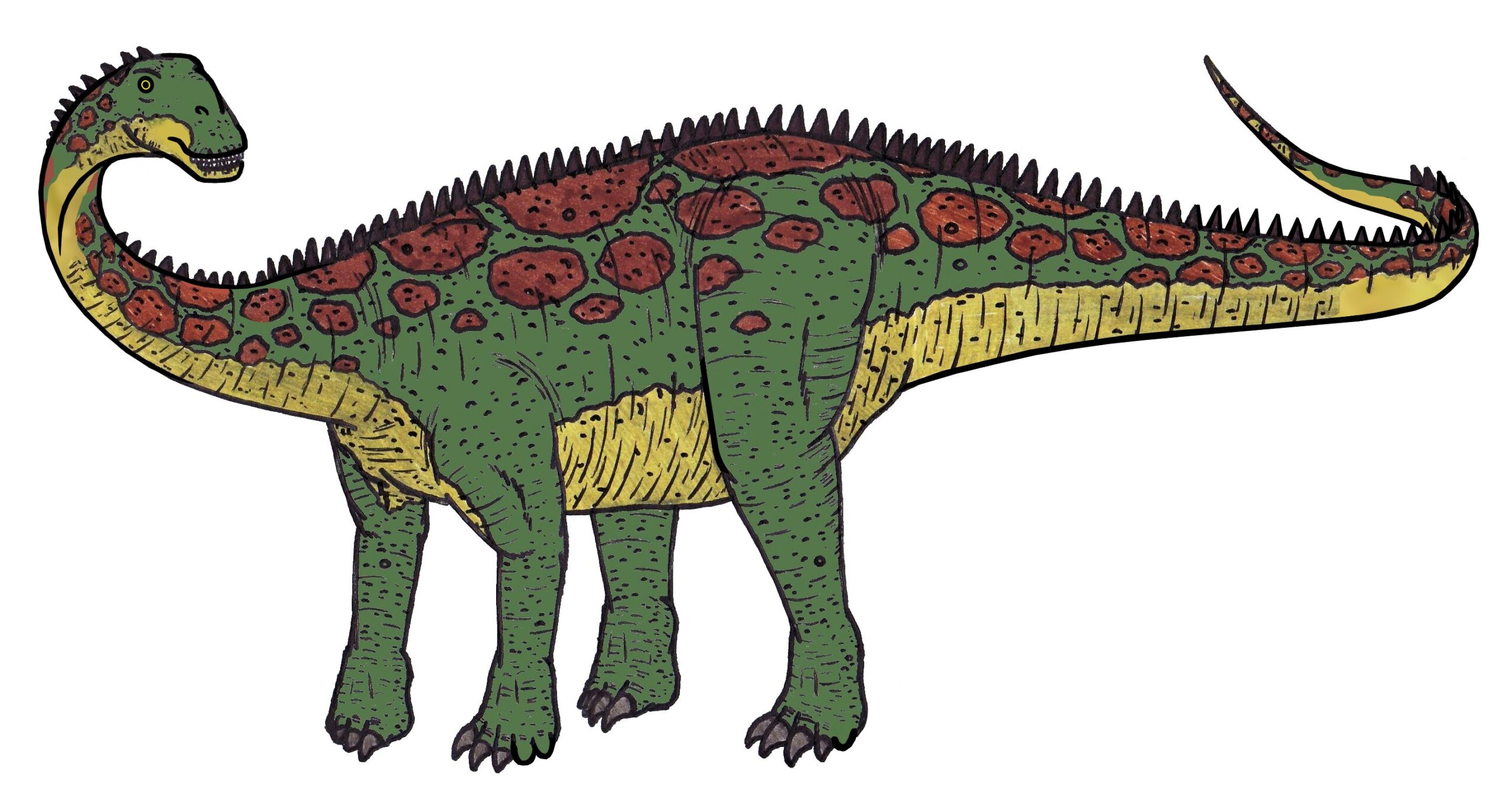
All its 500 teeth are at the end of its jaw at the front of the mouth, making its head look like the attachment to a vacuum cleaner. Meet nature’s prehistoric lawn mower, a dinosaur so specialized it makes modern animals look like amateurs. This bizarre creature had one of the most unusual feeding setups ever discovered in the dinosaur world.
Over 100 million years ago, the Nigersauras was an elephant-sized animal that lived in what is now West Africa. The herbivore had the most amazing teeth – ten rows and a mouth literally shaped like a shovel – which scientists assume was used to “vacuum” up its meals. Each mature tooth had nine replacement teeth stacked up behind it ready to take over when it wore down. It was like having a built-in dental replacement system that would make any dentist jealous. This walking vacuum cleaner spent its days literally sucking up plants from the ground, proving that evolution sometimes has a sense of humor.
Carnotaurus: The Meat-Eating Bull
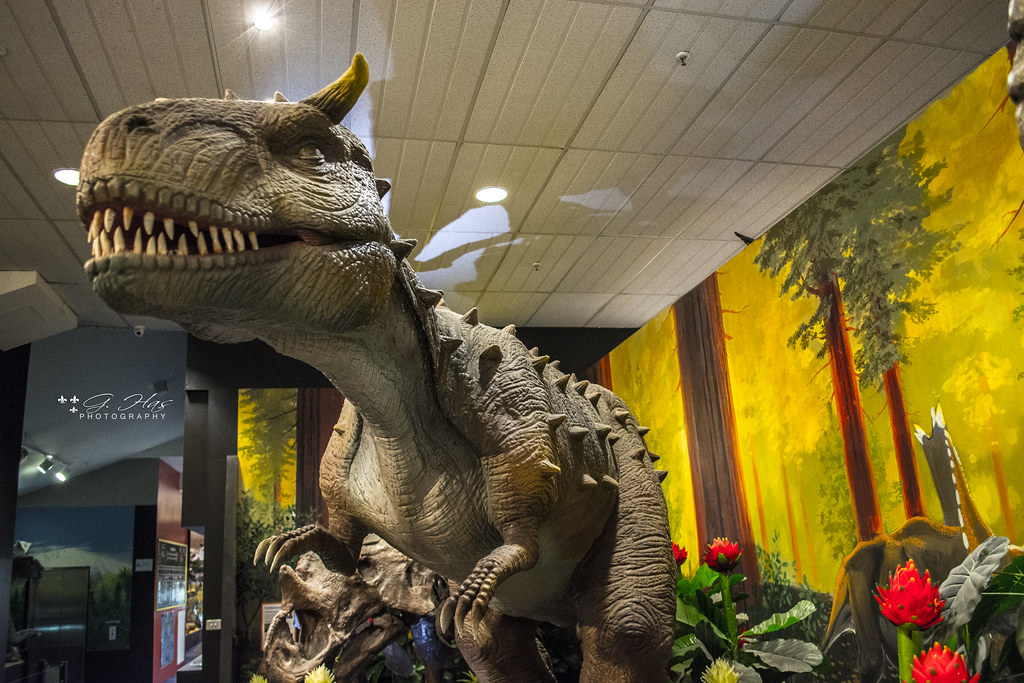
Imagine the short-arms T. rex dinosaurs evolved with extra and thick horns on its head. You get this weird dinosaur called the Carnotaurus. This was nature’s attempt at creating a real-life monster – a predator that looked like it was designed by a horror movie director with unlimited imagination.
Carnotaurus, the “meat-eating bull”, was a distinctive Late Cretaceous horned theropod that thrived 72 million years ago in modern-day Argentina. Recognizable by its bull-like horns positioned above its eyes and an unusually short snout, Carnotaurus was around 8 meters long and weighed approximately 1.5 to 2.1 tons. But despite its looks, this Late Cretaceous beast is a swift carnivore that ate large sauropods and was likely a fast runner, with estimated speeds potentially reaching 35-50 kilometers per hour. Picture a demonic bull running at highway speeds with teeth – that was Carnotaurus, proving that sometimes evolution takes inspiration from nightmares.
Parasaurolophus: The Dinosaur Orchestra
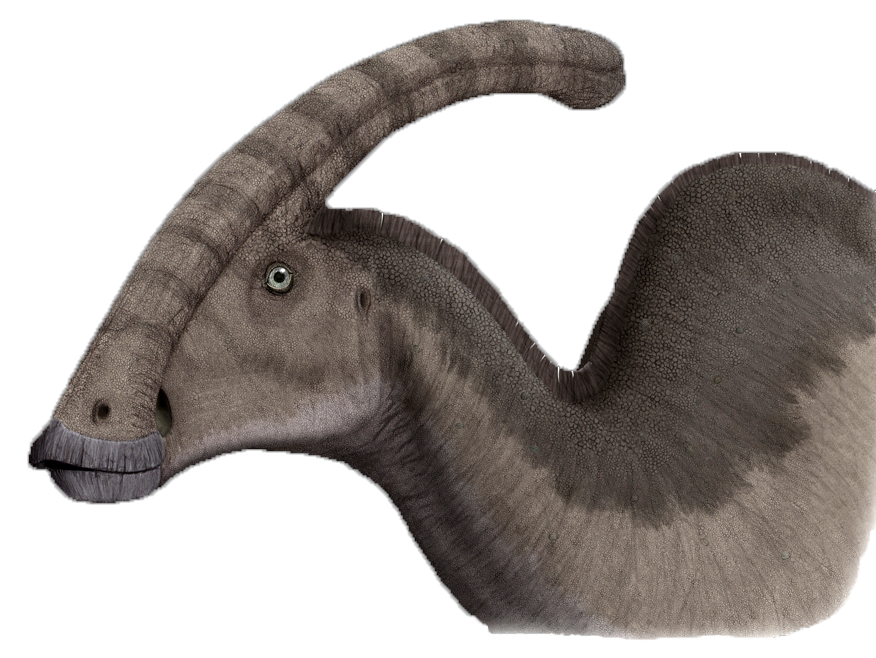
derivative work: Crisco 1492 (talk), CC BY 2.5, https://commons.wikimedia.org/w/index.php?curid=15793550)
The Parasaurolophus had a spectacular crest on its head. This crest was used for multiple things, including sound generation and amplification. Imagine walking through a prehistoric forest and hearing what sounds like a trombone concert – that’s what you might have experienced 75 million years ago. This wasn’t just another duck-billed dinosaur; it was nature’s first wind instrument.
Studied from an acoustical perspective, Weishampel found that the crest of Parasaurolophus truly was capable of acting as a resonating chamber for sound. In fact, the internal anatomy of the Parasaurolophus crest was very similar to a woodwind instrument called the crumhorn, and Weishampel proposed that adult Parasaurolophus communicated over long distances through low-frequency sounds. Although there’s still some speculation, researchers believe the crest’s primary role would have been to generate sound resonance, enabling the dinosaur to communicate across vast distances. Imagine a herd of Parasaurolophus “singing” to each other across a prehistoric valley – that’s quite the concerto. These dinosaurs basically turned their heads into musical instruments, making them the world’s first natural orchestra.
Amargasaurus: The Punk Rock Dinosaur
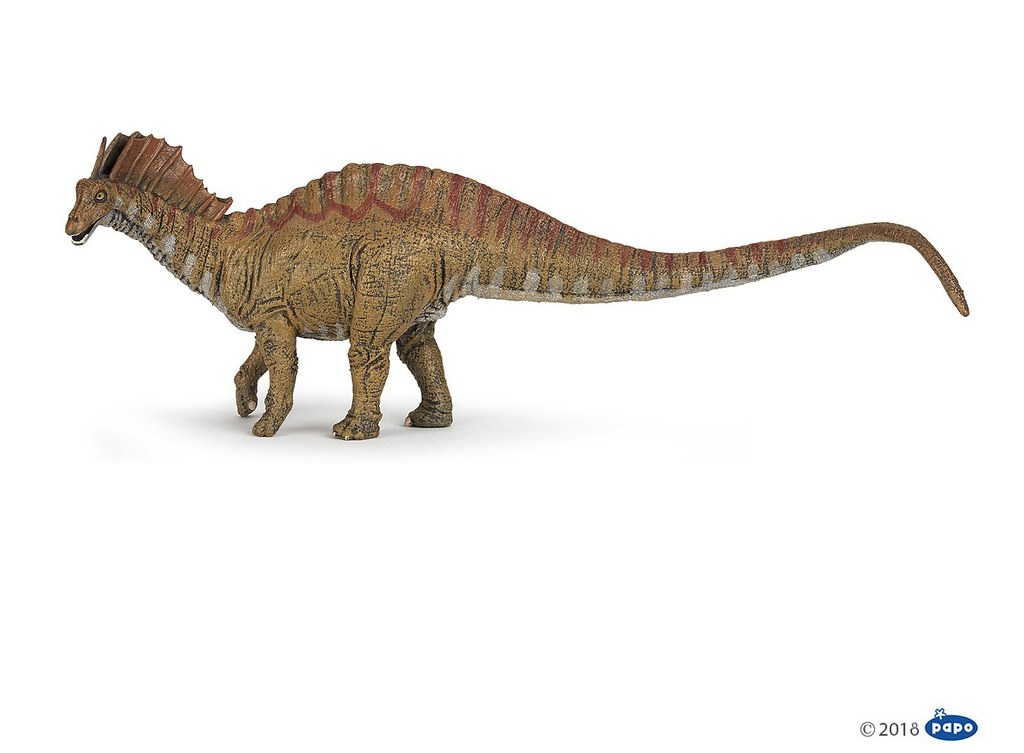
Possessed a bizarre double row of parallel spines along its neck and back, taller than any other sauropod. Long before punk rock was a thing, Amargasaurus was rocking the mohawk look with attitude. This wasn’t your typical long-necked gentle giant – this was a sauropod with serious style.
What makes Amargasaurus so awesome is that it was the punk rock dinosaur, complete with Mohawk. Actually, technically it had two rows of spines that grew out of it’s neck, back and tail, but it looks like a Mohawk. Discovered in 1991 in Argentina, Amargasaurus was a sauropod (walked on four legs, long neck, long tail). However, this dino was smaller than the more well known sauropods such as Brachiosarus, maxing out at around 35 feet long. This smaller sauropod chose to stand out from the crowd with its outrageous spine display, proving that even in prehistoric times, some dinosaurs knew how to make a fashion statement.
Linhenykus: The One-Armed Wonder
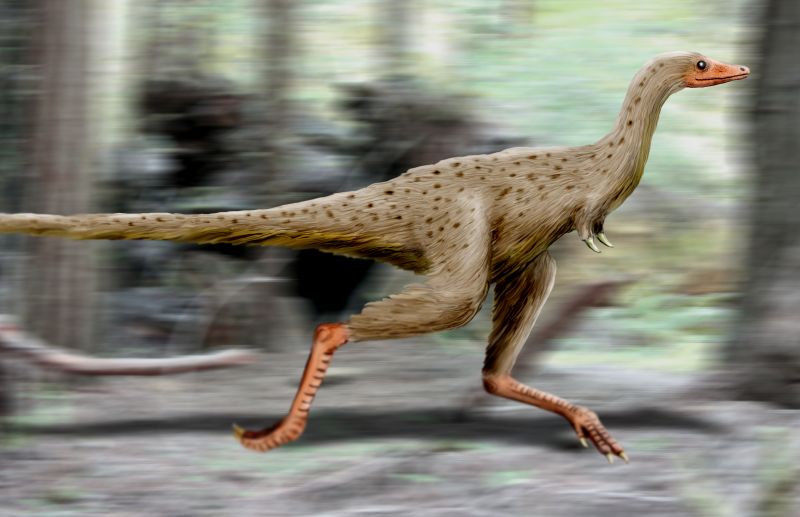
The Linhenykus didn’t have any sort of hand on its little nubby arms. It just had one finger with a stubby claw. If you thought T. Rex had useless arms, meet Linhenykus – a dinosaur that took arm reduction to the absolute extreme. This tiny creature was evolution’s experiment in minimalism gone wrong.
Linhenykus monodactylus is a small dinosaur in a group of species known as alvarezsaurs, whose membership consists of bipedal dinosaurs with absurdly tiny arms. So it’s a one fingered, tiny dinosaur. It was so small a fully grown one could’ve stood in the palm of the hand. Picture a dinosaur the size of a chicken with arms so reduced they were basically useless stubs with a single claw. It’s like nature was experimenting with how little arm you could give a dinosaur and still call it functional. This little guy makes you wonder what exactly evolution was thinking.
Incisivosaurus: The Buck-Toothed Beast
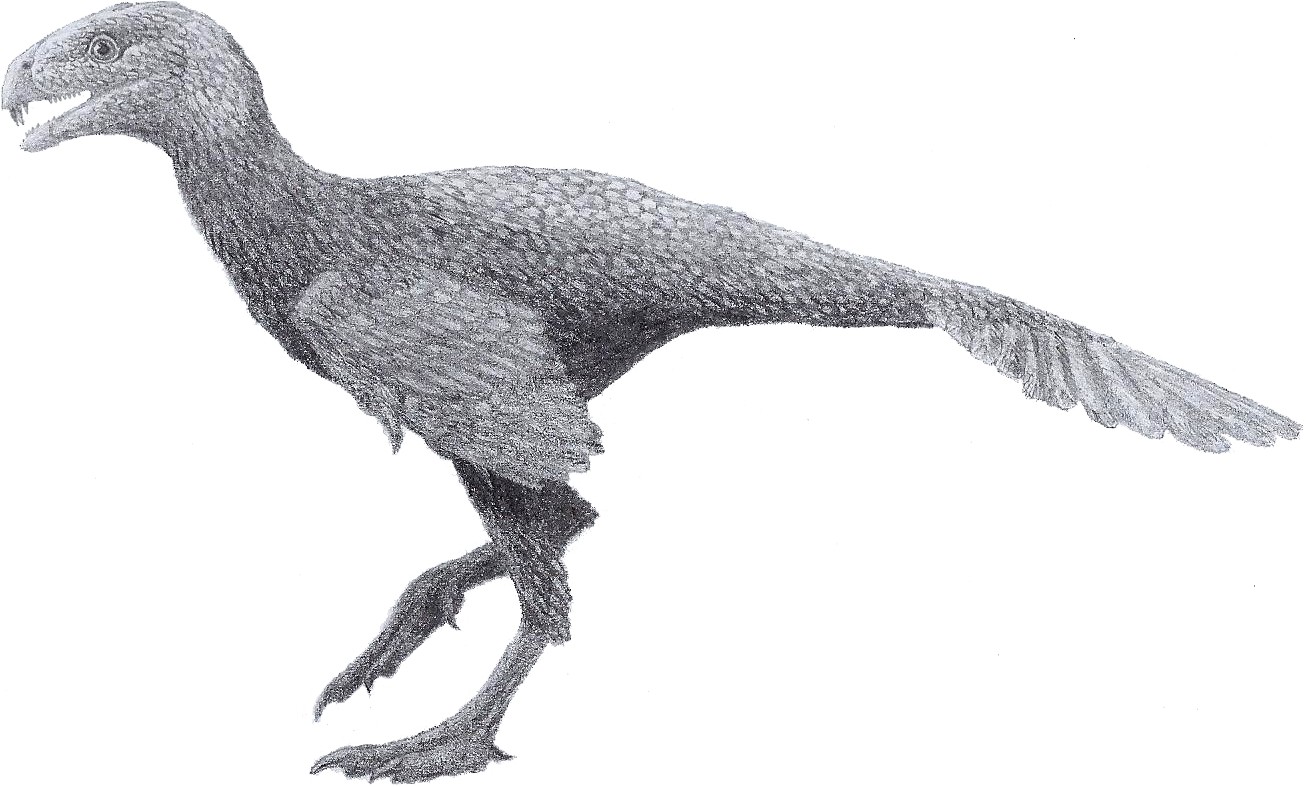
Possibly one of the most absurd creatures to ever walk the Earth, incisivosaurus is a buck-toothed dinosaur that lived 128 million years ago. Imagine a dinosaur that looked like it needed braces – that’s Incisivosaurus, nature’s attempt at creating the world’s most awkward predator.
Incisivosaurus was a small, feathered theropod with prominent front teeth like a rodent’s. It likely used them to strip vegetation, making it an unusual plant-eating member of its group. Its front teeth were proportionally as large as those of a beaver. This bizarre creature had massive buckteeth that would make any cartoon character jealous. Despite being related to fearsome predators, it used its comically oversized teeth to munch on plants, proving that evolution has a sense of irony.
Deinocheirus: The Terrible Mystery

The fossil of the horrible hand was once shrouded in mystery for 50 years until the discovery of this weird dinosaur’s skeleton. And it turns out, the Deinocheirus doesn’t look terrible after all. For decades, all scientists had were massive clawed arms, leading to wild theories about what kind of monster they belonged to. The truth turned out to be far weirder than fiction.
What scientists learned from the unification of the skeleton was even more shocking than the story of the discovery itself, as Deinocheirus mirificus proved to be one of the most unique dinosaurs in the fossil record. It had a toothless, duck-like bill used to skim water for food, as well as two powerful arms for gathering food and stripping branches from trees. It grew to the size of a tyrannosaurus, and had a massive hump on its back to help its legs support its large body. Imagine a T. Rex-sized creature with a duck bill, camel hump, and massive claws – it’s like someone mixed up three different animals in nature’s design department.
Concavenator: The Humped Hunter

This odd theropod is Concavenator corcovatus, a carnivorous dinosaur that roamed Europe about 130 million years ago. The noticeable hump on its back is unique for these types of dinosaurs, and it has left scientists puzzled since its discovery in 2003. Meet the dinosaur that couldn’t decide if it wanted to be a predator or a camel – Concavenator was evolution’s bizarre experiment in mixing animal features.
They’re weird dinosaurs whose teeth are as sharp as sharks’, had sharp humps on their backs like camels’, and feathers on their arms like birds. Researchers have thrown out all sorts of theories about the hump, speculating it could be used for mating, storing fat, or maybe that it was purely decorative. Another one of concavenator’s bizarre features are the bumpy protrusions on its arms. This predator was like a Swiss Army knife of weird features – shark teeth, camel hump, bird-like arms, and nobody really knows why. It’s proof that sometimes evolution just throws everything at the wall to see what sticks.
Gigantoraptor: The Gentle Giant Raptor

Both stunning and strange, Gigantoraptor was a giant among the group of creatures known as oviraptorosaurs which shared a lot of bird-like features. Giant is not overstating it… Gigantoraptor was nearly 9 metres long and weighed over 2 tons, putting it in the same weight class as Tyrannasaurus rex! Imagine a raptor that grew up eating way too much spinach – that’s Gigantoraptor, the most unexpected gentle giant in dinosaur history.
These funny-looking dinosaurs were HUGE. Gigantoraptors grew up to 29 feet long and weighed approximately 2 tons! Despite their towering appearance and large size, they were far from fearsome. Gigantoraptors’ funny faces like their toothless beaks and chicken-like head made them look comical. Picture a creature the size of T. Rex but with a bird-like beak and probably feathers – it’s like someone inflated a chicken to dinosaur proportions. This massive oddball proves that not all giants were scary; some were just hilariously oversized birds trying to figure out what to do with their enormous bodies.
Conclusion

These ten bizarre dinosaurs remind us that prehistoric life was far stranger than any movie could imagine. From musical crests to sword-like claws used for salad preparation, these creatures pushed the boundaries of what we think is possible in the animal kingdom. They prove that evolution isn’t just about survival – sometimes it’s about experimentation, leading to creatures so weird they’d be rejected as too unrealistic if they appeared in fiction.
Each of these dinosaurs tells a unique story about adaptation, survival, and the incredible creativity of natural selection. They lived, thrived, and left behind fossils that continue to baffle and delight scientists today. The next time you see a “normal” dinosaur in a museum, remember these evolutionary misfits who dared to be different.
What would you have guessed these creatures looked like if you’d only found their fossilized claws or crests?



